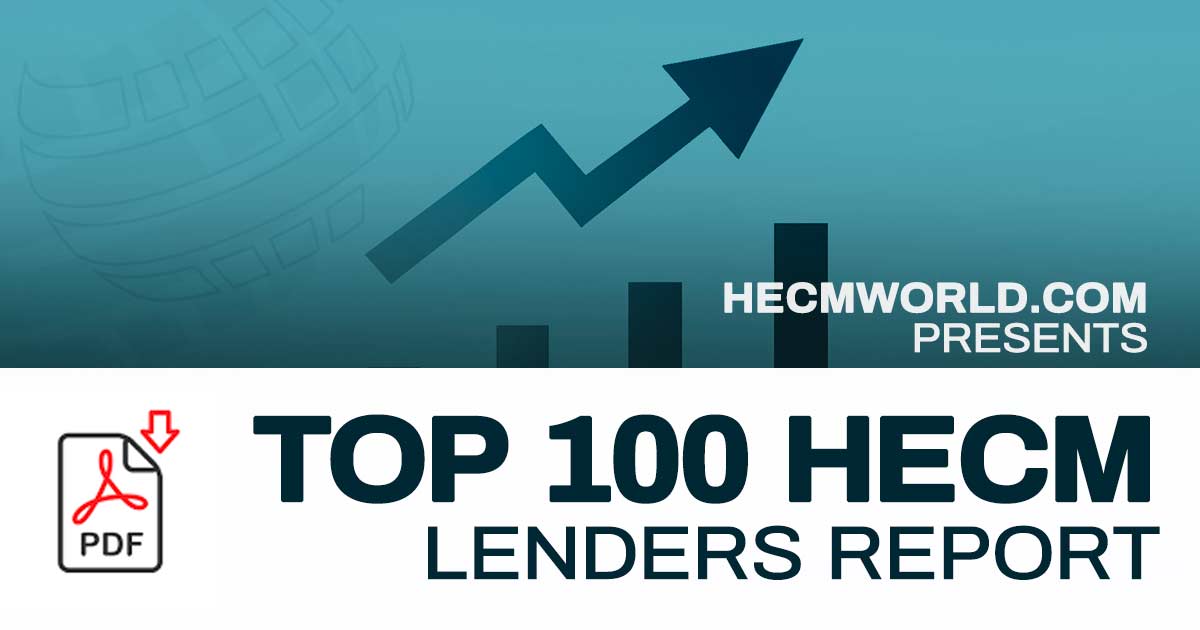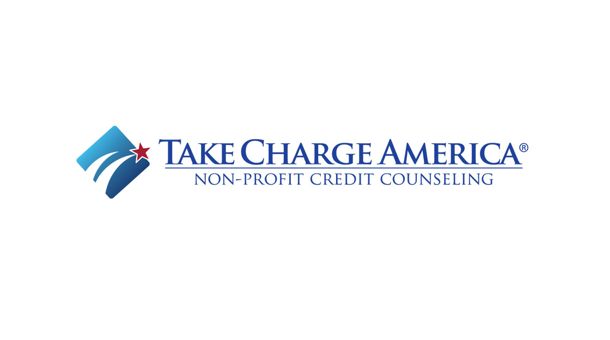Sustainable Growth: A Reality check for the HECM program.
There’s a saying that say’s “If it sounds too good to be true then it probably is.” That phrase lingers in my thoughts as I review the changes the Home Equity Conversion Mortgage program has undergone since 2010. First cuts in the principal limit factors in the wake of the housing buble and subsequent crash enacted in October 2010. Strangely although the lending ratios (principal limits) were reduced borrowers often received more money because the interest rate floor was lowered from 5.5% to 5.0%. Simply put as long as interest rates remained low borrowers would receive more money. Then came the introduction of the Standard Fixed Rate HECM in 2009. The product required a lump sum withdrawal driving up loan balances and future compounding interest and balances substantially. The borrower won with more funds as the insurance fund’s liability increased. In an effort to reduce risk the Saver HECM was introduced in October 2010. Borrowers would receive less funds in exchange for a substantially lower upfront Mortgage Insurance Premium (MIP).
 Looking back it seems strange. Strange that the Standard Fixed Rate was released in the midst of falling home values thus increasing risk to FHA’s Mutual Mortgage Insurance Fund (MMI). Strange that the interest rate floor was lowered effectively giving borrowers more borrowing power in a low interest rate environment. It was hoped the Saver would be adopted by many cost-conscious borrowers reducing FHA’s risk exposure yet it’s market share never took off as projected. In fact in the wake of the elimination of the Standard Fixed Rate HECM borrowers overwhelming chose the remaining ‘standard’ product…the adjustable rate. It was proof that products don’t drive the market, consumer demand does. Borrowers voted with their pens proving that most are after maximum cash and are less concerned with cost.
Looking back it seems strange. Strange that the Standard Fixed Rate was released in the midst of falling home values thus increasing risk to FHA’s Mutual Mortgage Insurance Fund (MMI). Strange that the interest rate floor was lowered effectively giving borrowers more borrowing power in a low interest rate environment. It was hoped the Saver would be adopted by many cost-conscious borrowers reducing FHA’s risk exposure yet it’s market share never took off as projected. In fact in the wake of the elimination of the Standard Fixed Rate HECM borrowers overwhelming chose the remaining ‘standard’ product…the adjustable rate. It was proof that products don’t drive the market, consumer demand does. Borrowers voted with their pens proving that most are after maximum cash and are less concerned with cost.
Is this to say the original HECM program was unsustainable? Absolutely not. The original program could have never anticipated two things: a shift to younger borrowers and the collapse of home values in late 2008. Both HUD and FHA have seen the writing on the wall. Business as usual is not an option and risks must be mitigated. While many reverse mortgage professionals may not agree on all actions taken or expected changes we can all agree we need a sustainable model. One that remains to meet the needs of senior homeowners while not siphoning large sums from the insurance fund for claims.
The water is under the bridge. We cannot undue problematic loans written in the years 2005-2010 and the future liability they hold. What we can do is work toward a realistic and measured solution to insure the HECM program remains for future borrowers. Our current plight can best be described in the words of Chinese philosopher Lao Tzu “If you do not change direction, you may end up where you are heading”.



 A second look at the Mutual Mortgage Insurance Fund is exactly what FHA plans do to after setting the wheels in motion for historic changes to the reverse mortgage. Yes, after committing to eliminating both the Standard and Saver product in lieu of a new one FHA wants another look. It all began in November 2012 when an Actuarial review of the MMI fund found that the
A second look at the Mutual Mortgage Insurance Fund is exactly what FHA plans do to after setting the wheels in motion for historic changes to the reverse mortgage. Yes, after committing to eliminating both the Standard and Saver product in lieu of a new one FHA wants another look. It all began in November 2012 when an Actuarial review of the MMI fund found that the 



 Looking back it seems strange. Strange that the Standard Fixed Rate was released in the midst of falling home values thus increasing risk to FHA’s Mutual Mortgage Insurance Fund (MMI). Strange that the interest rate floor was lowered effectively giving borrowers more borrowing power in a low interest rate environment. It was hoped the Saver would be adopted by many cost-conscious borrowers reducing FHA’s risk exposure yet it’s market share never took off as projected. In fact in the wake of the elimination of the Standard Fixed Rate HECM borrowers overwhelming chose the remaining ‘standard’ product…the adjustable rate. It was proof that products don’t drive the market, consumer demand does. Borrowers voted with their pens proving that most are after maximum cash and are less concerned with cost.
Looking back it seems strange. Strange that the Standard Fixed Rate was released in the midst of falling home values thus increasing risk to FHA’s Mutual Mortgage Insurance Fund (MMI). Strange that the interest rate floor was lowered effectively giving borrowers more borrowing power in a low interest rate environment. It was hoped the Saver would be adopted by many cost-conscious borrowers reducing FHA’s risk exposure yet it’s market share never took off as projected. In fact in the wake of the elimination of the Standard Fixed Rate HECM borrowers overwhelming chose the remaining ‘standard’ product…the adjustable rate. It was proof that products don’t drive the market, consumer demand does. Borrowers voted with their pens proving that most are after maximum cash and are less concerned with cost.